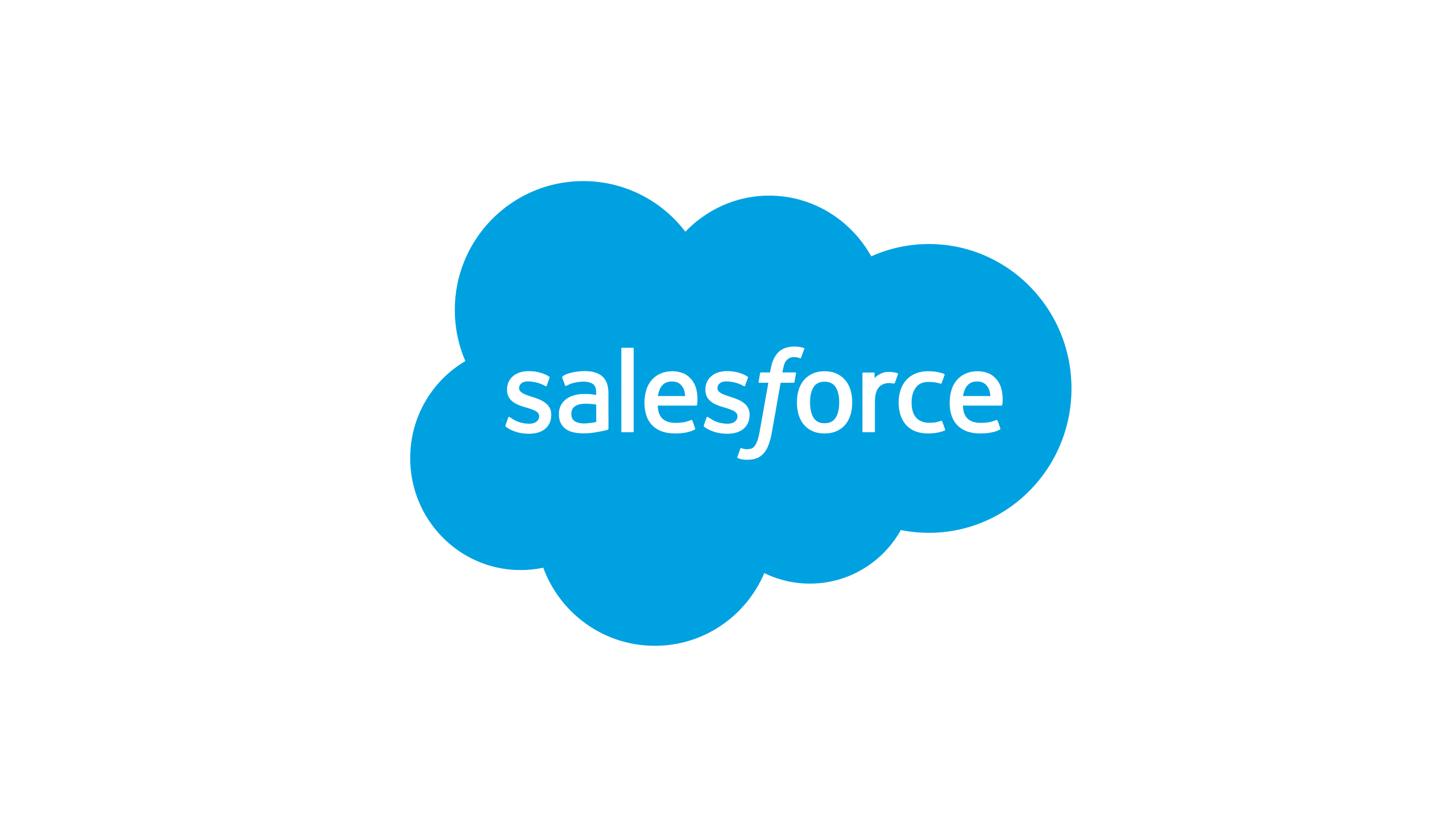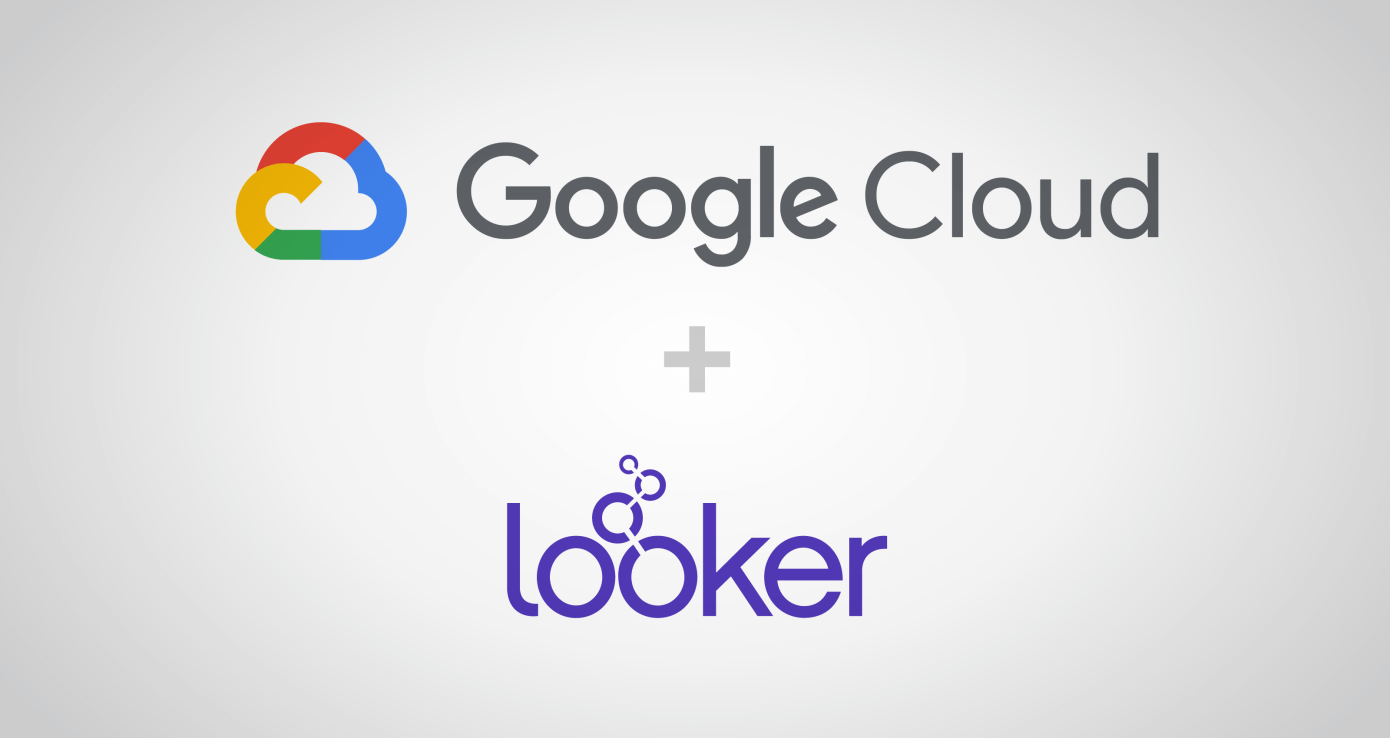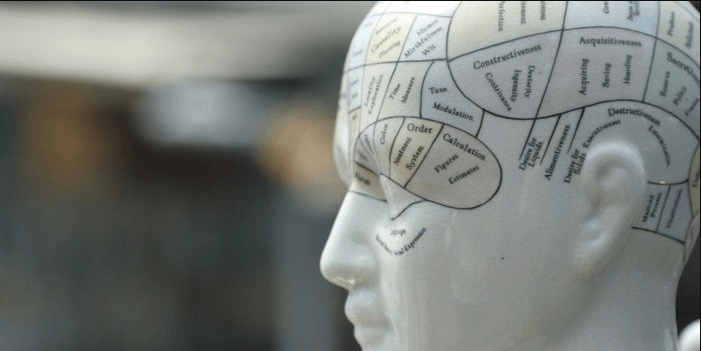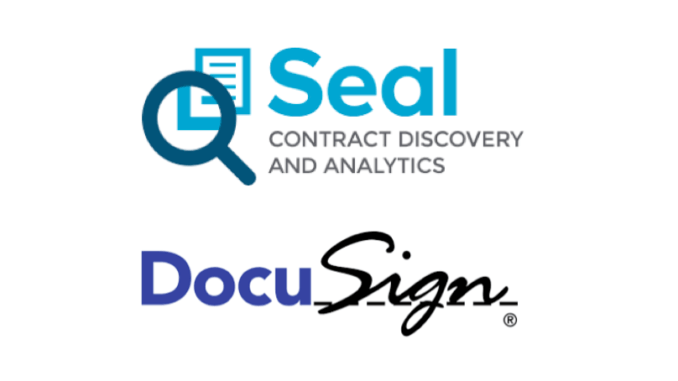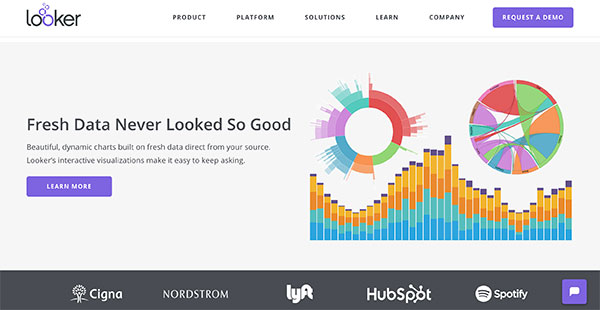As businesses use data in more aspects of their operations, they also need to help foster more data literacy among the people who will be using that data. This is important, since data is only useful when it's correctly understood. Businesses don't want their employees to draw the wrong conclusions from their data, and end up doing things that aren't effective.
Any employee that's going to be using data to do some part of their job needs a certain level of data literacy. However, data literacy isn't some innate trait that everyone has. It needs to be taught.
Businesses that want to use data to drive effective insight need to figure out how to teach their employees to read data and draw conclusions from it effectively. Without proper data literacy, a business won't be able to use their data as effectively, and they'll be much less competitive.
Data literacy is an important skill for everyone in an organization to have, not just the people who analyze and visualize the data. We have a few best practices on how you can boost data literacy within your business and garner more effective insight.
What is data literacy?
Data literacy isn't just the ability to understand charts, graphs, tables, and other data visualizations, though that is an important element. It's a more broad skillset, which involves exploring, using, and communicating data accurately.
Reading literacy isn't just about knowing what all the different words on the page mean, it's about being able to understand the larger meaning of the text and draw conclusions based on it. In the same way, knowing how to read charts and graphs is the most basic level of data literacy. To truly be data literate, you have to understand what the data is trying to say, and draw critical conclusions from it.
Data literate people can see the implications of data, communicate those implications to other people, build arguments based around those implications, and advocate for their own interpretation of the data.
When a business wants to use data to drive more of its operations, it needs its employees to be data literate. If an employee isn't data literate, they won't be able to use data effectively. That can lead to them ignoring data entirely, or even worse, drawing incorrect conclusions from data and doing things that are actively harmful.
It's very important that a business make sure its employees are data literate when they implement new data-driven initiatives. Here are some actions you can take to boost data literacy and improve your business's data use.
Focus on key roles
At the beginning of a BI implementation, it's unreasonable to expect that every employee in your organization will instantly become data literate. In businesses that aren't currently leveraging data, data literacy is probably the exception, not the rule.
At the beginning of a business's BI journey, the question isn't really 'How can I make my employees more data literate'. It's more 'How can I leverage the data literate employees I already have in the most effective way?'
At this stage, it's important to put data literate employees in roles where they'll do the most good. The people who have the highest level of data literacy will become your most effective dashboard builders and data experts as you implement your BI tool.
It also might help to move employees internally so that they can help teams and departments without much data experience. For example, if some sales teams have a lot of data literate employees, and others have none, it might be best to move employees around so that the expertise is better distributed.
Training employees who already sit in key roles is also an effective strategy. Instead of trying to hold official training sessions for every employee, it's generally more effective to train managers or senior employees who can then help others in their teams or departments.
This way, businesses can gradually spread data literacy throughout their organization instead of trying to do it all at once. This approach is often more effective than mandatory training or all-hands meetings.
Lead by example
Often, business leaders and BI experts take data literacy for granted. When they communicate new initiatives or introduce new visualizations, they expect that their audience will have the same understanding as they do.
That's almost never the case. It's very easy for data literate dashboard builders or data experts to build things that are simple for another data literate person to understand, but almost impenetrable to someone without as much data knowledge.
Often, users won't be using dashboards and visualizations they've designed themselves; they'll be using things that were designed for them by other people. This is especially common during the beginning of a BI implementation, where there might not be too many people who actually know how to use the tool.
In cases like these, it's easy for a data literate person to hand over a dashboard to an average user without actually telling them how to read the dashboard. Even worse, they may not tell them why to read the dashboard.
This leaves the employee without the tools they need to understand the dashboard. In this situation, employees will often ignore the dashboard in favor of doing what they were doing before. This is especially true if it's the beginning of an implementation and it's one of the first dashboards they've seen.
Data literate employees need to lead by example. When dashboard builders and managers roll out a new visualization to their employees, it's best practice to explain it first. Inform the employees who will be using the dashboard what the dashboard is tracking, and what sort of business questions it might help answer.
It's usually better to err on the side of over-explanation. Make sure your employees really do understand what each visualization on a dashboard represents, even if you have to explain what each line on a line chart means.
Armed with a better understanding of the dashboards they'll be using, employees can leverage that data literacy in other areas. Instead of blindly reacting to their alerts in the prescribed way, they can understand the implications of changes in each metric, and go beyond surface-level insight.
Use more effective visualizations
Most data visualization-focused tools have dozens, if not hundreds, of visualizations that builders can use to present their data. This means that dashboard builders have a ton of choice in how they can represent a data set.
Often, experienced dashboard builders will overuse complicated visualizations. There's a sense that if a BI tool lets them have all these tools, they should use them all. However, that can be a harmful mindset to have, especially in businesses without a lot of data literacy.
Usually, complicated visualizations are meant for specific use cases. If your data doesn't fit that specific use case, it's better to use a more general visualization.
It also might happen that your data does fit the use case for a specific complicated visualization. However, if people within your organization don't know how to read the more complicated visualization, it still might be better to use a less complicated one, even if it's less correct.
For example, a treemap might be a better choice than a pie chart for showing the makeup of a given data set. However, treemaps are usually less intuitive to understand, and only people who know how to read a treemap will be able to do so easily. It might technically be better to represent your data with a treemap, but more people will be able to understand a pie chart.
In general, it's best practice to use the simplest visualizations to present data, as long as they don't misrepresent what the data is trying to say. A business could use a marimekko chart to present its data, but employees are far better equipped to understand a stacked bar chart.
Boosting data literacy company-wide
Improving data literacy is often one of the largest obstacles that companies face in their BI implementation. A BI vendor can equip a business with the tools they need to do powerful data analysis, but they can't guarantee that employees will be able to understand that data analysis.
To properly leverage their BI tool and make the best use of their data, businesses need to make sure that everyone using data can actually understand the implications of that data. They need to foster data literacy at every level of their organization.
There are a handful of strategies businesses can use to drive data literacy. First, they can focus on training in key roles, where the benefits of data literacy will be the most visible and do the most good.
In addition, they can properly explain new dashboards and visualizations to the people who will actually be using them, and focus on using simpler visualizations that are easier to understand intuitively.
These strategies can help businesses to boost data literacy at all levels. With greater data literacy across an organization, businesses can gain more valuable insight, garner more wins, and become more competitive.

